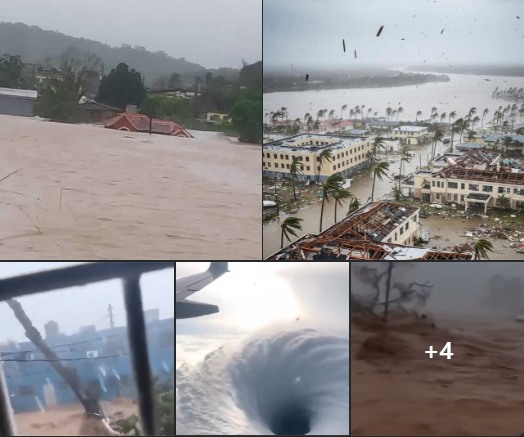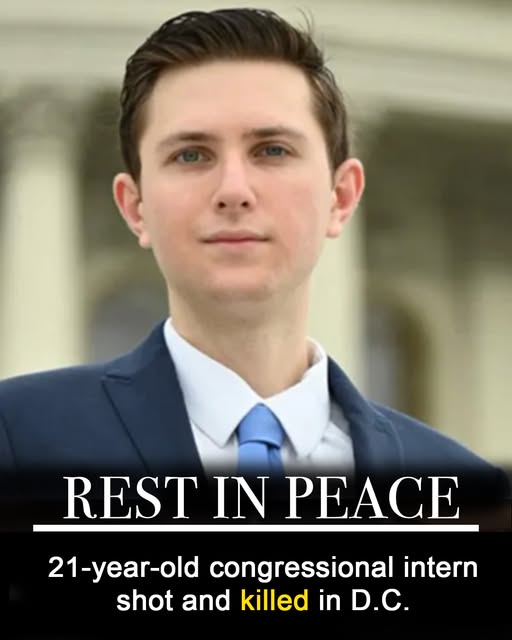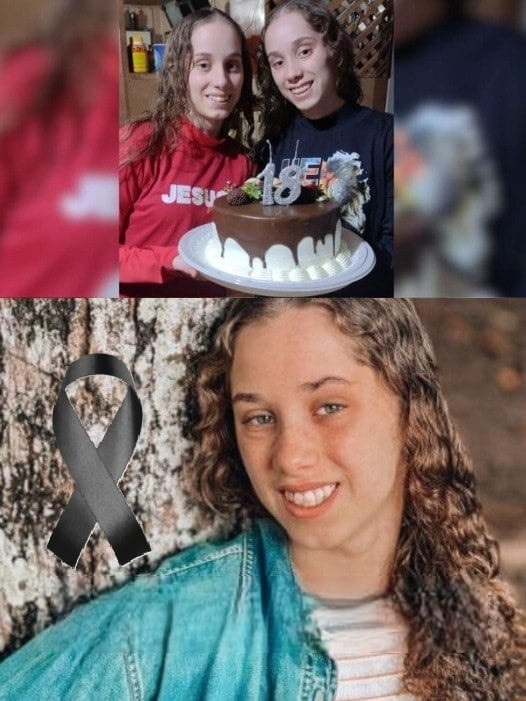• Moving north: Melissa is an “extremely dangerous” Category 3 hurricane as it closes in on Cuba, the National Hurricane Center warned, after the storm made a historic landfall in Jamaica as one of the strongest Atlantic hurricanes in history. For additional coverage, watch CNN.
• Impact: We’re already seeing reports of extensive damage to homes, hospitals and schools in southwestern Jamaica. Prime Minister Andrew Holness declared the country a disaster area Tuesday.
• Already deadly: Melissa is responsible for seven deaths — three in Jamaica during storm preparations, three in Haiti and one in the Dominican Republic.
Melissa is approaching landfall in eastern Cuba. Here’s what we know
From CNN Staff
Hurricane Melissa briefly restrengthened into a Category 4 storm with 130 mph winds, courtesy of warm Caribbean waters, as it departed Jamaica and began to barrel toward Cuba.As of 2 a.m. ET, Melissa was back to a Category 3 hurricane with 125 mph winds, still an “extremely dangerous” storm, according to the National Hurricane Center. The core is expected to make landfall in southeastern Cuba early Wednesday morning, then move across the central or southeastern Bahamas on Wednesday.
The hurricane is so far responsible for at least seven deaths — three in Jamaica during storm preparations, three in Haiti, and one in the Dominican Republic.
Here’s what else we know:Cuba
More than 735,000 people have been evacuated in Cuba as Melissa approaches, according to President Miguel Díaz-Canel. “It will be a very difficult night for all of Cuba, but we are going to recover,” he said.
Eastern Cuba could see up to 25 inches of rain in the mountains, which could trigger life-threatening flash flooding and mudslides. Parts of the island face up to 120 mph sustained winds with higher gusts near the storm’s center and up to 12 feet of storm surge at the coast.
Jamaica
There were close to 15,000 Jamaicans in emergency shelters across the country Tuesday, including at a police station in the southwestern city of Black River, amid reports of extensive damage in St. Elizabeth parish.
Jamaican Prime Minister Andrew Holness declared the country a ‘disaster area’ – a move partially aimed at preventing price gouging as food, water, and other goods are in short supply. The Jamaican government has rolled out an official website to streamline relief and recovery efforts.
Holness said hospitals, housing, and commercial property have been damaged, and crews should be able to “start the recovery process immediately” on the eastern end of the island. By Wednesday, they should “be able to restore electricity, telecommunications.” The southern portion of the island will need additional days, he said.
More than half a million people in Jamaica were without power Tuesday, with the most significant impact in western Jamaica, making up more than 77% of Jamaica Public Service customers across the country. Internet connectivity in Jamaica dropped to just 30% of normal levels by late Tuesday, according to NetBlocks, an internet monitoring organization.
Around 25,000 tourists remain in Jamaica as the country begins its clean up from the hurricane.
President Donald Trump, who is in the final leg of his Asian tour, said the US is prepared to aid Jamaica in its recovery. “We’re watching it closely and we’re prepared to move, but it’s doing tremendous damage,” he said from Air Force One.



